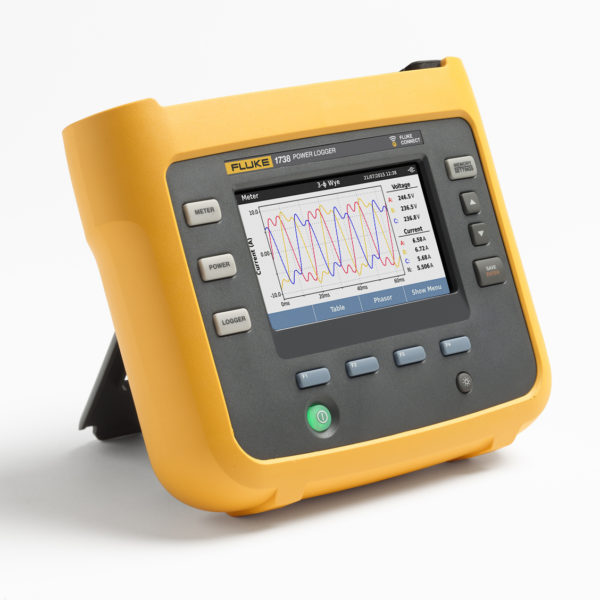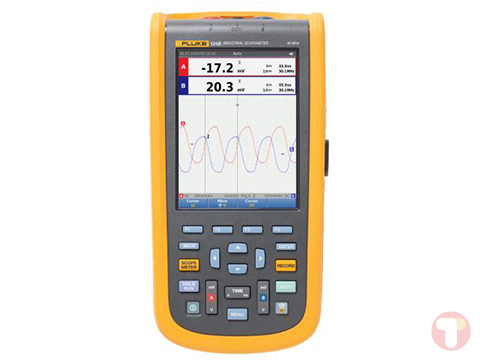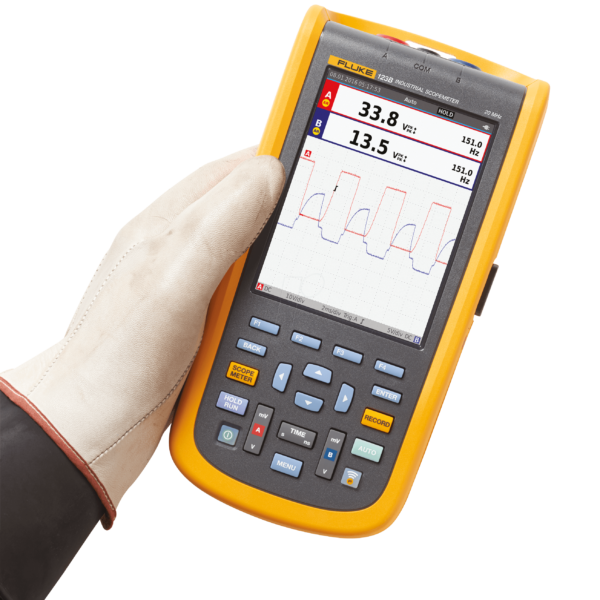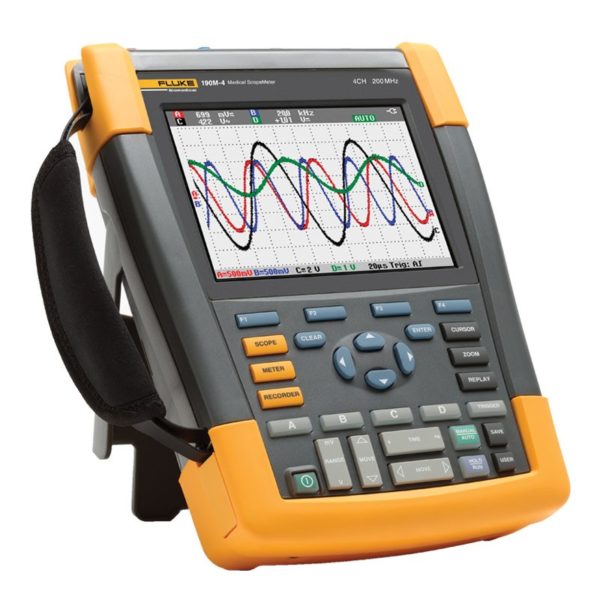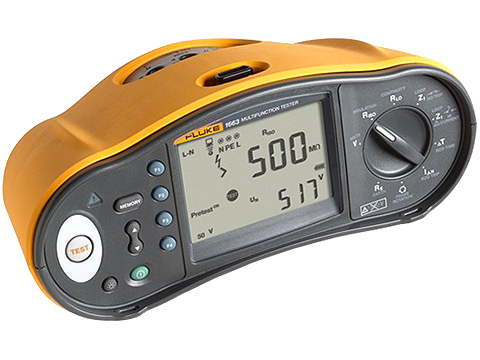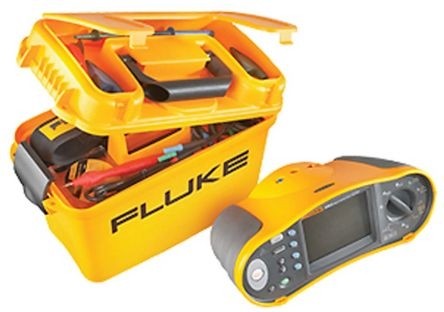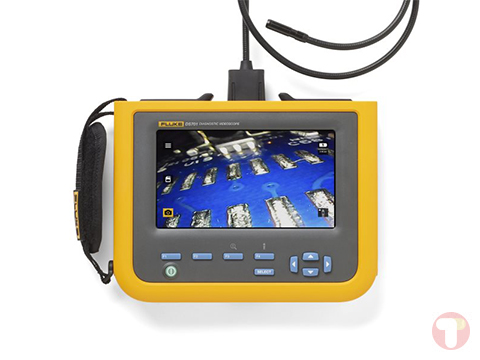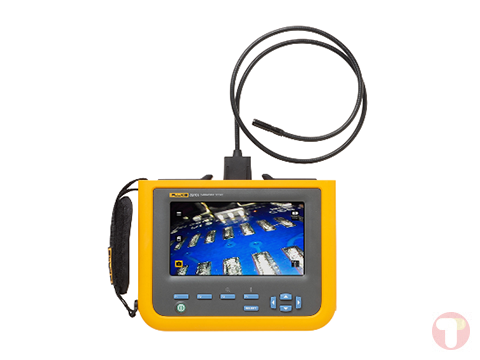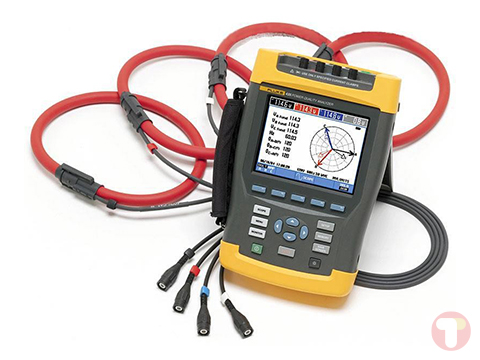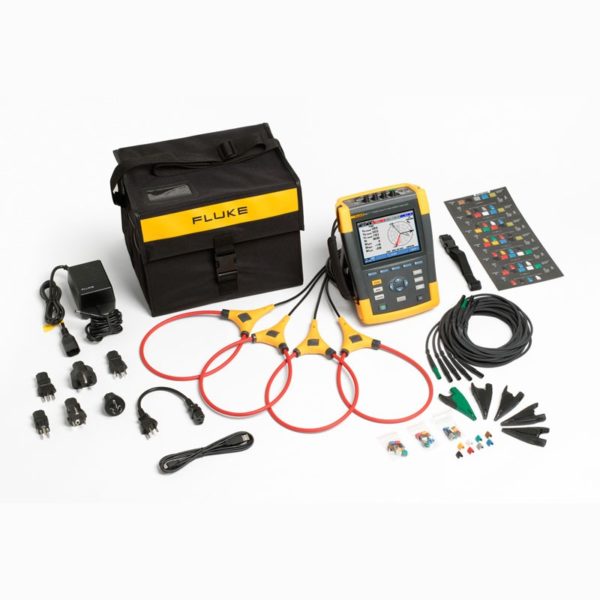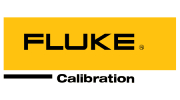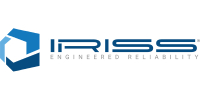Designed to simplify the critical measurements needed for installing, testing, and maintaining solar panels or photovoltaic systems, the irradiance meter is an all-in-one, easy-to-use solution for solar installers. Its user interface and built-in temperature sensor make it easy to meet testing and documenting requirements.
Fluke IRR1-SOL Offers
Rugged and compact, this irradiance meter has an easy to read, high-contrast LCD screen that allows users to read measurements in direct sunlight making it perfect to bring it with you wherever you go. Easily meets the IEC 62446-1 requirements for testing, documenting, and maintaining photovoltaic systems with its simple user interface and built-in temperature sensor. In addition, the integrated compass and inclination sensor allow you to quickly measure and document roof and site orientation, pitch, and panel tilt while surveying, installing, or adjusting an installation.
Features
- Measure solar irradiance, ambient and PV module temperature, array orientation and tilt angles
- Make instantaneous measurements to determine the Watts per square meter solar irradiation, required by IEC 62446-1 standard
- High contrast LCD with large numbers for easy readability in direct sunlight
- High precision mono-crystalline solar sensor: Instantaneous irradiance measurements up to 1400 W/m2
- Two options for temperature measurement: Use the built-in temperature sensor or the external suction mount temperature probe to measure ambient and panel temperature
- Integrated compass: Measure and document rook or site orientation
- Inclination sensor: Know roof and PV panel tilt when surveying, installing, or adjusting the installation
Photovoltaic system design and surveying
To find the expected production at a site, determine your solar resource while taking shading into account. The solar resource is measured in peak sun hours: the number of hours per day with 1000 W generated per square meter of solar array. Location, time of day, season, and weather conditions all influence peak sun hours. Use this meter to determine the actual solar irradiance (Watts/m2) and shading at the site to develop a baseline.
Measuring
Once your system is installed, make sure it is operating as designed by measuring its electrical characteristics and the actual power output of the array. The performance of a photovoltaic array is based on its current-voltage (IV) curve. Use this meter to obtain the amount of solar irradiance necessary to calculate the IV curve of the power output.
Comparing and diagnosing
Even when installed correctly, a photovoltaic system may not be producing the expected electrical output. In order to produce the expected output the system needs to receive the correct amount of irradiance energy to generate the DC voltage that is fed into the inverter.
Applications
- Installing, commissioning, and troubleshooting of photovoltaic (PV) arrays
- Testing, documenting, and maintaining photovoltaic systems
- Measuring irradiance, temperature, inclination and direction of the solar array
- IV curve tracing



